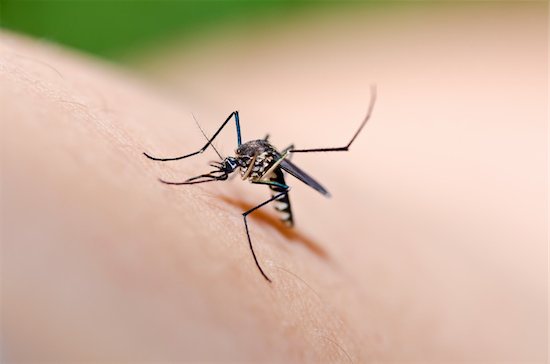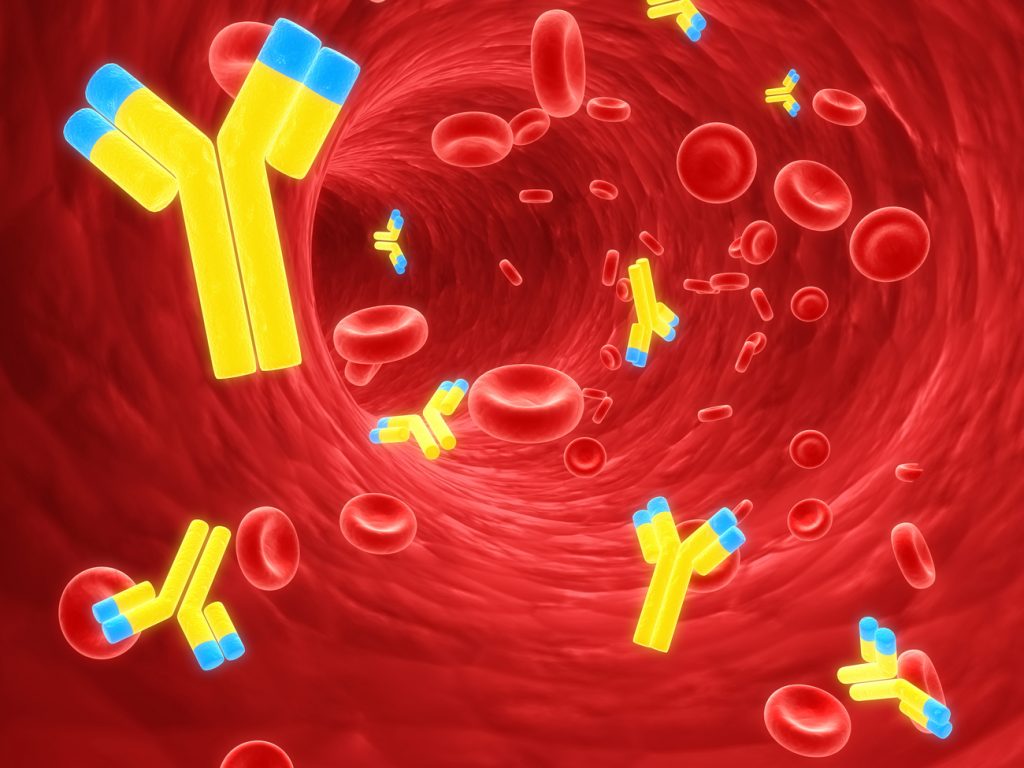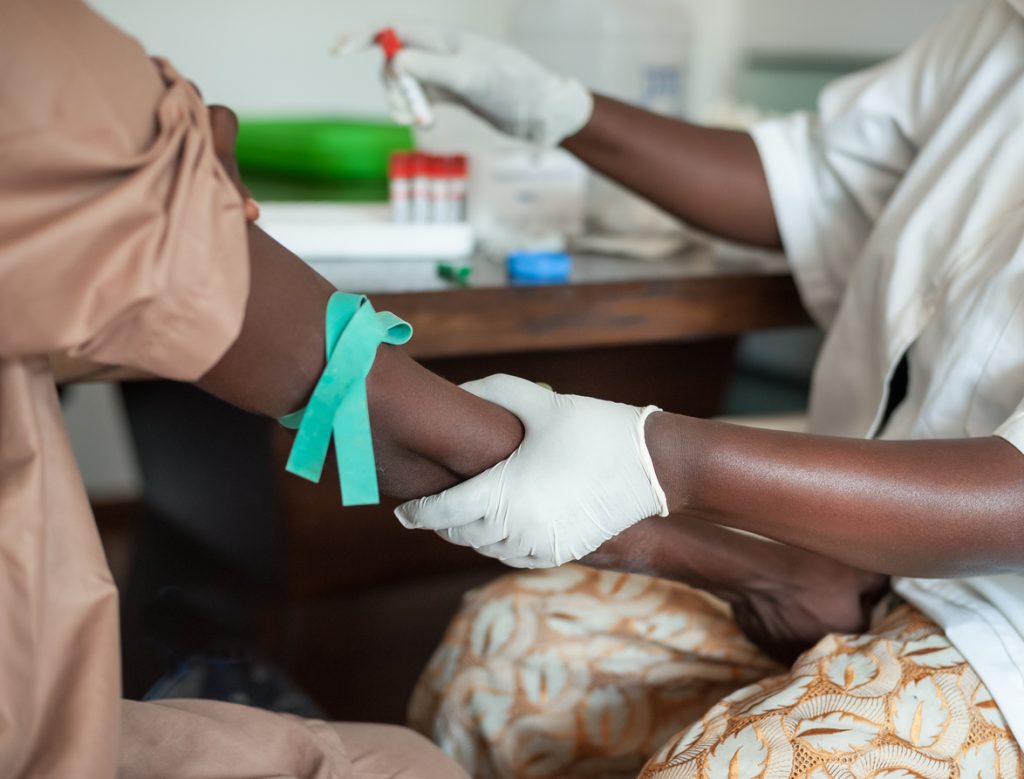
The State of HIV Care in Europe

There were more than 2 million new infections in Europe and Central Asia, where they need better HIV care.
More than 35 million people are living with HIV/AIDS worldwide. This disease is an epidemic that affects other countries differently. For example, the prevalence of HIV in the Eastern and Southern Africa is high. These regions make up almost 50 percent of the total number of people living with HIV in the world. Access to HIV care in these parts of the world are scarce, leaving their population without much protection and an increasing number of new infections.
Other countries like Europe and Central Asia have seen a recent a drastic increase of new infections. Within the past couple of years, these regions saw a 57 percent increase in annual new HIV infections. Overall, there are 1.5 million people who live with HIV in Europe and Central Asia. To curb this rise, the European Centre for Disease Prevention and Control (ECDC) evaluated their method for combating HIV.
The Continuum of HIV Care
The ECDC developed a framework called the continuum of HIV care, which monitors the success of their HIV response. This framework involves looking at data from over 48 countries across Europe and Central Asia. The ECDC’s most recent report, the ECDC Dublin Declaration, looks at four aspects of HIV prevention, which it categorizes into stages:
- S1 – The estimated number of all people who live with HIV (PLHIV).
- S2 – The number of all PLHIV who have a diagnosis.
- S3 – The number on PLHIV who have a diagnosis and who are on ART.
- S4 – The number of PLHIV on ART who show signs of viral suppression.
The ECDC’s Findings
The ECDC saw an increase in the number of countries reporting data on all four stages of the continuum, from 40 percent to 66 percent. As more countries participate in the continuum, the ECDC can develop a better analysis of the state of HIV. Here’s the breakdown of their findings:
- 37 countries from Europe and Central Asia reported data for both Stage 1 and Stage 2.
- An estimated 1,199,000 people live with HIV, and 75 percent of those individuals have received a diagnosis.
- 1 in 4 people with a diagnosis is not receiving treatment for the disease.
- 31 countries from Europe and Central Asia reported data for both Stage 3 and Stage 4.
- 599,500 people with a diagnosis are using antiretroviral drugs, and only 88 percent show signs of viral suppression.
What the ECDC Learned
Efforts to monitor and predict the spread of HIV is only as great as the number of countries participating. As a result, the ECDC has trouble estimating the number of people living with HIV (Stage 1) and those who are virally suppressed (Stage 4). The organization hopes to support countries in using their modeling tool to develop better estimates of who has HIV and how many people show signs of viral suppression.
With more data, the ECDC can identify which countries need help fighting the infection, as well as improve testing, treatment, and HIV care. Hopefully, efforts by organizations like the ECDC and UNAIDS will be able to slow down and reverse the spread of HIV.

The Connection Between HIV and Osteoporosis
HIV is a crippling disease that slowly but surely tries to break down your body’s defenses. The virus compromises your immune system and your ability to fight off infections, leaving you vulnerable to the diseases of the world. One such condition includes osteoporosis.
Osteoporosis is a condition that affects both men and women over the age of 50. More than 4 percent of men and 16 percent of women over the age of 50 live with this disease in their femur neck or lumbar spine. To make matter worse, those with HIV are more likely to develop osteoporosis and scientist are unsure why.
How Osteoporosis Affects the Body
The bones are the structure and frame of our body, allowing us the ability to move. Strong and healthy bones are needed to keep the body upright, moving, and working properly. When osteoporosis strikes, the bones in our body begin to hollow out. This loss of bone density and mass causes bones to become weaker, leaving them susceptible to breakage.
Severe cases are known cause damage when a person sneezes or receives a minor bump. The longer a person has osteoporosis, the more likely they are to experience hip fractures, a collapsed vertebra, severe back pain, a loss of height, and spinal deformities.
How Are the Two Diseases Connected?
Over 54 million Americans live osteoporosis, while 1.2 million have HIV. Many studies show that the two disease are somehow connected. The loss of bone density occurs faster in those with HIV. What scientists don’t know is the exact cause. However, that hasn’t stopped them from trying to figure out why patients with HIV develop osteoporosis. The most common theories are the following:
- HIV medications.
- Long-term use of other medications like blood thinners, an antiseizure medicine, and corticosteroids.
- Old age.
- HIV infection.
What Symptoms Should You Look For?
Unfortunately, it can be hard to determine if you have osteoporosis unless you have broken a bone. This symptom the first sign of the disease. The U.S. Department of Health and Human Services (HHS) recommends bone density test for women over the age of 65, as they are the most at risk for the disease.
If you are HIV positive and over the age of 50, you should get tested as well. It’s important to look out for strain in your bones and joints, as well of any abnormal pain in those areas caused by a sudden bump or fall.
Preventing Osteoporosis
If you are HIV positive but do not have osteoporosis, there are measures that you can take to prevent the disease. A healthy diet will replenish the nutrients you need to maintain healthy bones. Be sure to eat plenty of foods with calcium and vitamin D. A healthy lifestyle will also slow the rate of bone loss. Exercise often and cut out bad habits like smoking and drinking alcohol. The most important thing that you can do is see your doctor or HIV specialist. An expert can guide you and the risk and steps to dealing with HIV and disease like osteoporosis.

What Is the Zika Virus?
The Zika virus is a disease that has recently reemerged over the past few years. Doctors discovered the disease in the Zika Forest of Uganda, during the 40’s. Over the past decade, the virus has made its way across the Pacific Ocean and to the Americas, causing an unprecedented epidemic. Find out why so many people are worried about the Zika virus, and what you should know about this troubling disease.
What Makes the Zika Virus So Dangerous?
The Zika virus is related to the dengue, yellow fever, Japanese encephalitis, and the West Nile viruses. Like many of these viruses, Zika is most commonly transmitted through mosquitoes. However, what makes the disease truly troubling is that it can also spread from mother to child, through sex, and through blood transfusions, making it a sexually transmitted disease.
People who contract the Zika virus don’t usually display any signs or symptoms of the disease. When people do show signs of the virus, the most common symptoms are fever, rash, headache, joint pain, red eyes, and muscle pain. These are mild symptoms, lasting for only a few days or a week. What makes Zika such dangerous condition is how it affects women who are pregnant. The virus can cause severe birth defects, as well as miscarriages and stillbirths.
A recent study at the published in the EMBO Journal looked into why the virus seems to affect people more during pregnancy than after. Researchers found is that low levels of an antiviral factor called interferon-induced transmembrane protein 3 (IFITM3) leave the body susceptible to the virus. IFITM3 prevents the multiplication of the virus and the cells from dying.
Preventing the Virus From Affecting You
The researchers of the Zika study hope to develop drugs in the future to prevent the destruction of cells and the virus. For now, the CDC recommends several ways to avoid contracting the virus.
- Keep Bugs Away – The first method is to keep mosquitoes away from you. Mosquitoes are the primary cause of the virus. It is advised that people wear long-sleeved shirts and pants and used EPA-registered insect repellents.
- Prep Your Home – Mosquitoes can easily invade your home. That’s why the CDC suggest keeping the air conditioner on and closing your windows and screen doors. You should also use mosquito netting to cover bedding for you and your children.
- Use Protection During Sex – Like most sexually transmitted disease, condoms and abstinence will protect you or your partners from contracting the disease.
- Avoid Traveling to Zika Areas – The CDC stresses that pregnant women should avoid traveling to areas at risk for Zika. They are more vulnerable to the dangerous effects of the virus.
Unfortunately, there is no cure for the Zika Virus. Taking these precautions will help keep you safe. The CDC is still researching a way to reduce the spread of this disease and eventually cure it. It is also important to get tested for the virus. By knowing if you are infected with the virus, you can plan for the future.

New HIV Antibodies Created to Fight Off the Virus
Scientists have made a huge step towards fighting off the HIV virus. Researchers at The Scripps Research Institute (TSRI) were able to attach HIV antibodies to immune cells in their most recent study. These new cells could potentially be the cure that millions infected with the life-threatening disease need. Find out what the scientists at TSRI had to say about their research and how these new cells eliminate the virus from the body.
How Do the HIV Antibodies Work?
Typically, antibodies float in the bloodstream alongside the cells in the body. However, the HIV antibodies developed by the researchers work a little differently. The scientists were able to tether the antibodies to immune cells. This technique created a new population of resistant cells that can replace cells affected by the disease.
This close connection with the immune cells is what Jia Xie, a senior staff scientist at TSRI and first author of the study, called the “neighbor effect.” Essentially, the antibodies hang on to a cell’s surface, acting as a barrier between HIV and the cell’s receptor. This action prevents HIV from infecting the cells and spreading throughout the body.
“This protection would be long term,” said Jia Xie. “You don’t need to have so many molecules on one cell to be effective,” he said.
How Was the Test Preformed?
Xie and his researchers first tested the tethering system against the rhinovirus, which is otherwise known as the common cold. The researchers were able to apply a new gene to cultured human cells. This gene is the one responsible for the creation of the antibodies that attached to immune cells.
The antibodies protected the cell receptors from the virus, halting infection. When adding rhinovirus to the testing, many of the unprotected cells died off. However, the newly created antibodies were able to thrive as the number of cell populations recovered to almost normal levels.
The next step after this success was to test the antibodies against HIV. The goal was for the HIV antibodies to protect the CD4 cells, which are usually the target of HIV. In the end, an HIV-resistant population of cells grew, while the old cells died. This is exactly the type of success that the team at TSRI was looking for.
What This Means for the Future
Antiretroviral drugs are the primary defense against HIV. The problem with this type of medication is that they have to be taken daily. Sometimes, HIV-positive individuals still suffer from higher rates of diseases when taking the drugs.
When discussing the TSRI’s research and new techniques, Joseph Alvarnas, M.D., director of Value-Based Analytics at the City of Hope, states “HIV is treatable but not curable–this remains a disease that causes a lot of suffering. That makes the case for why these technologies are so important.”
The research still has a long way to go. Scientists are testing to find out what other parts of the cell the new antibodies can protect. Hopefully, this can lead to a potential cure.

Eliminating HIV in Sub-Saharan Africa Proves Difficult
We’ve discussed HIV’s impact on the sub-Saharan region of Africa before. Over the years, the disease has infected more than 25 million people, with the number of new infections rising every year. One the biggest obstacles the area faces is a lack of access to condoms. This contraceptive is rarely used among men and women in these countries. Eliminating HIV is no easy task, especially in a region where the prevalence of HIV is 1.5 times higher than Europe and the United States. The UN’s latest efforts to reduce the spread of the disease seems likely to fail.
Eliminating HIV in This Region Isn’t Easy
Organizations like the World Health Organization (WHO) and UNAIDS have found success in reducing the number of HIV patients in the United States and other similar countries. However, those countries are resource-rich areas, where they have the means and money to educate and distribute HIV protection. Both organizations have tried to implement similar efforts in the sub-Saharan region.
WHO and UNAIDS sought to use treatment as a prevention method. The plan would treat HIV-positive individuals and reduce their ability to infect others. They hoped to diagnose and treat 90 percent of the people within the next three years.
Why Researchers Cast Doubt
Unfortunately, a study by UCLA researchers cast doubt on this plan, seeing it as unfeasible. The researchers used statistical mapping to find people infected with HIV in Lesotho. At least 1 in 4 people have HIV in this South African country. Similar to other South African countries, most people have gone without a diagnosis, nor are they receiving treatment. The scientists discovered that the plan couldn’t address the fact that HIV-positive individuals are widely dispersed within the country. Also, very little of the population lives in urban areas, making it hard to find these people.
“Global health policies for HIV elimination need to be redesigned, and they need to consider settlement patterns and population density,” said Sally Blower, director of UCLA’s Center for Biomedical Modeling. “Our results show that the spatial demographics of populations in predominantly rural countries in sub-Saharan Africa will significantly hinder, and may even prevent, the elimination of HIV.”
“We estimate that almost every settlement in the country has at least one HIV-infected person, and this holds true for even the smallest and most remote settlement,” said Brian Coburn, the study’s other co-author, who was a postdoctoral fellow in Blower’s group. “We also found that approximately 70 percent of HIV-infected adults live in rural settlements.”
With those in need of treatment so widespread, it becomes harder and more expensive to help them. For every rural location, there is an average of two or fewer people per square kilometer who is HIV-positive. The problem is reaching them.
The Importance of Finding a Great Plan
The researchers at UCLA are using their technology to find alternate plans that address these issues. Blower states that in order “To develop effective strategies, we need to figure out — throughout entire countries — where HIV-infected individuals live and which communities are connected to each other.” Hopefully, whatever plan the governments of Africa chooses can curb the epidemic plaguing the continent and eventually help in eliminating HIV.




